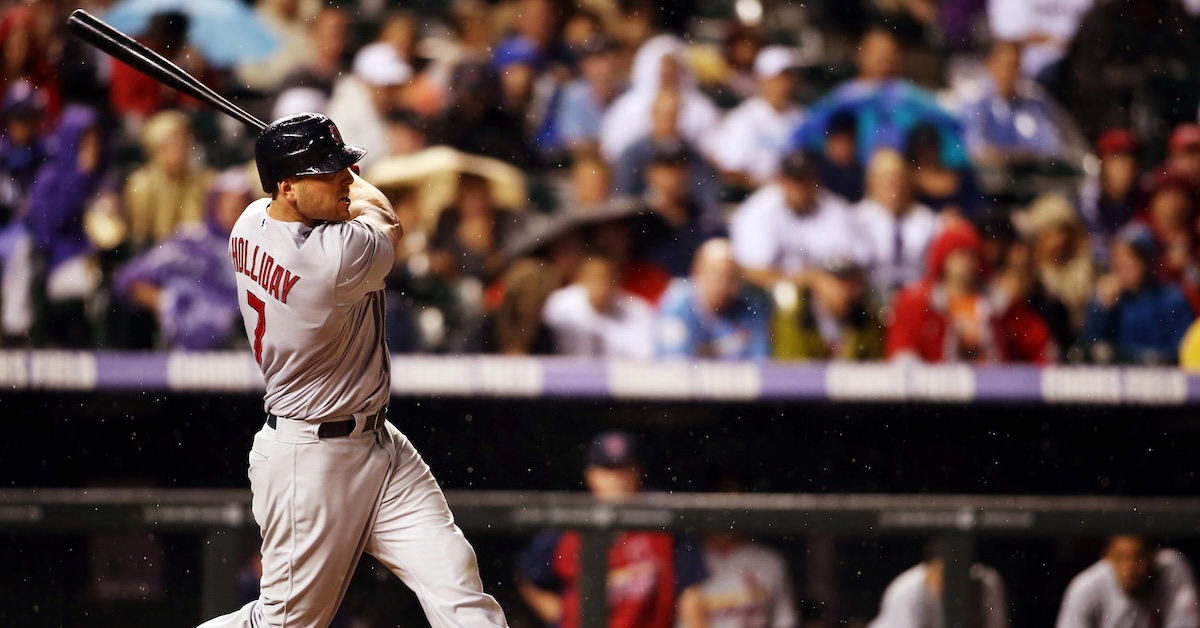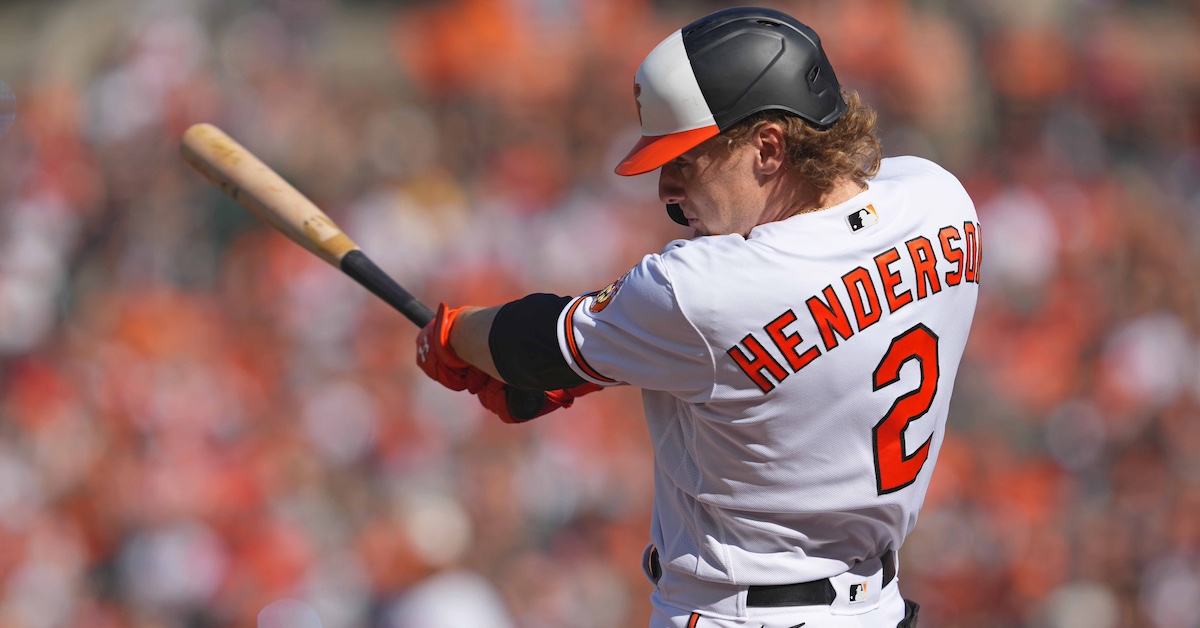Sunday Notes: Twins Prospect Kala’i Rosario Won the AFL Home Run Derby
Kala’i Rosario won the Arizona Fall League’s Home Run Derby this past November, and he did so in impressive fashion. Not only did the 21-year-old Minnesota Twins outfield prospect pummel a total of 25 baseballs over the fence at Mesa’s Sloan Park, the longest of them traveled a power hitter-ish 465 feet. By and large, that is what Rosario’s game is all about. As Eric Longenhagen pointed out last summer, the 6-foot, 212-pound Papaikou, Hawaii native had previously won the 2019 Area Code Games Home Run Derby and he “swings with incredible force and has big raw power for his age.”
Rosario’s setup in the box stood out to me as much as his ability to bludgeon baseballs when I watched him capture the AFL’s derby crown. The right-handed hitter not only had his feet spread wide, he had next to no stride. I asked him about that following his finals victory over Toronto Blue Jays infield prospect Damiano Palmegiani.
“Tonight my setup was a little different, but in games I usually do a small stride, so it wasn’t a big difference,” Rosario told me. “I have power already, so I don’t lock into my coil too much. When I get into the box I kind of preset everything, and from there it’s just letting my hands do the work.”
Improving his contact skills is both a goal and a necessity for the slugger. Rosario had a 29.6% strikeout rate to go with his .252/.364/.467 slash line and 21 home runs in 530 plate appearances with High-A Cedar Rapids. As Longenhagen also opined in his midseason writeup, Rosario’s “high-effort swing has zero precision.” Widening out and shortening up have been part of his effort to alleviate that issue. Read the rest of this entry »








